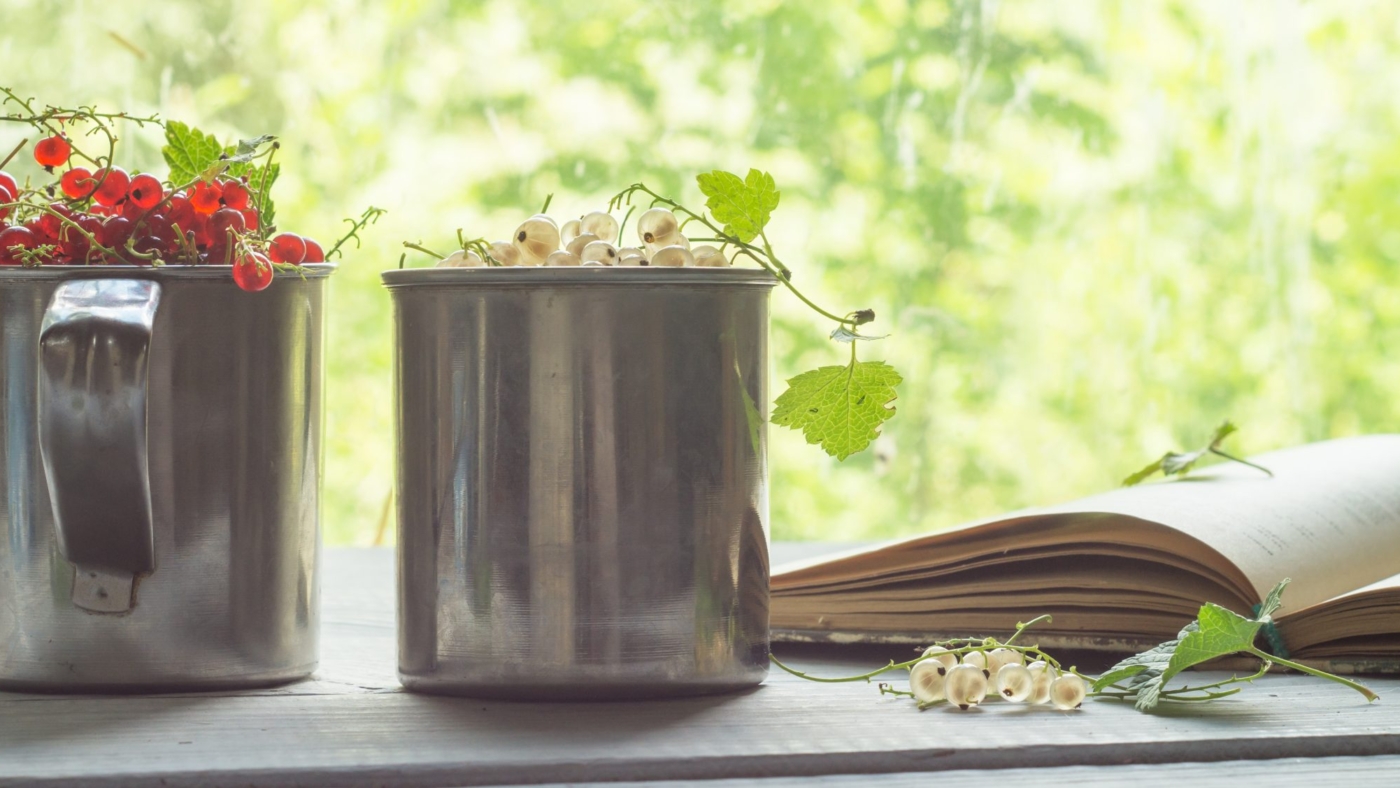Self-sowing plants often get a bad reputation for being unruly or invasive—but when chosen carefully, they can be garden allies. They show up in surprising places, fill awkward gaps, and often blend into existing designs better than anything you could plan. Yes, there’s a fine line between charming and chaotic, but here are a few self-sowers that have proven to be well-behaved and truly rewarding.
Woodland Phlox
Phlox divaricata
Zones: 3–8
Size: Low growing, modest spread
Conditions: Partial to full shade; rich, moist soil
This woodland native spreads not only by rhizomes but also seeds itself generously. Seedlings often appear in new pastel shades, making each season’s bloom slightly different. These volunteers can even naturalize into semi-shaded lawns, adding gentle spring color.
Flowering Dogwood
Benthamidia florida (formerly Cornus florida)
Zones: 5–9
Size: Medium tree
Conditions: Sun to partial shade; average soil
Native Range: Eastern North America
It’s hard to remove a baby tree, especially one as iconic and beautiful as this. Left undisturbed, seedlings can be transplanted to wilder garden edges. Be aware, though, that similar trees in the same genus may also self-sow and be difficult to distinguish when young—some with less desirable traits.
Welsh Poppy
Papaver cambricum
Zones: 4–8
Size: Compact
Conditions: Partial to full shade; moist soil
Native Range: Western Europe
These shade-loving poppies surprise with bright yellow or orange flowers and finely divided foliage. Their self-sown pattern is modest, and they never overwhelm surrounding plants. For best results, move seedlings while young, as they don’t transplant easily once established.
Flowering Spurge
Euphorbia corollata
Zones: 3–9
Size: Upright, airy habit
Conditions: Full sun; average to dry soil
Native Range: Eastern and Midwestern regions
With delicate white flowers in summer and red-orange foliage in fall, this perennial blends beautifully with tougher, taller neighbors. It thrives in difficult, dry spots and supports pollinators. Seedlings are easy to identify and relocate, though it often performs best where it seeds itself.
Cilantro
Coriandrum sativum
Zones: Annual (cool-weather)
Size: Upright, lacy habit
Conditions: Full sun; rich, moist soil
Native Range: Northern Africa, parts of Europe and the Middle East
Once allowed to seed, cilantro returns year after year—whether you enjoy the taste or not. Its delicate flowers attract pollinators and complement spring planting schemes. It germinates early and grows best when sown directly into the soil.
A Note on Self-Sowers
Even plants that behave well in one garden can become a problem in another. Always research unfamiliar species for their seeding tendencies, and avoid anything listed on invasive plant lists for your region—or neighboring ones. Favoring regionally native plants can help reduce risk, though even some natives can become aggressive outside their local range.

